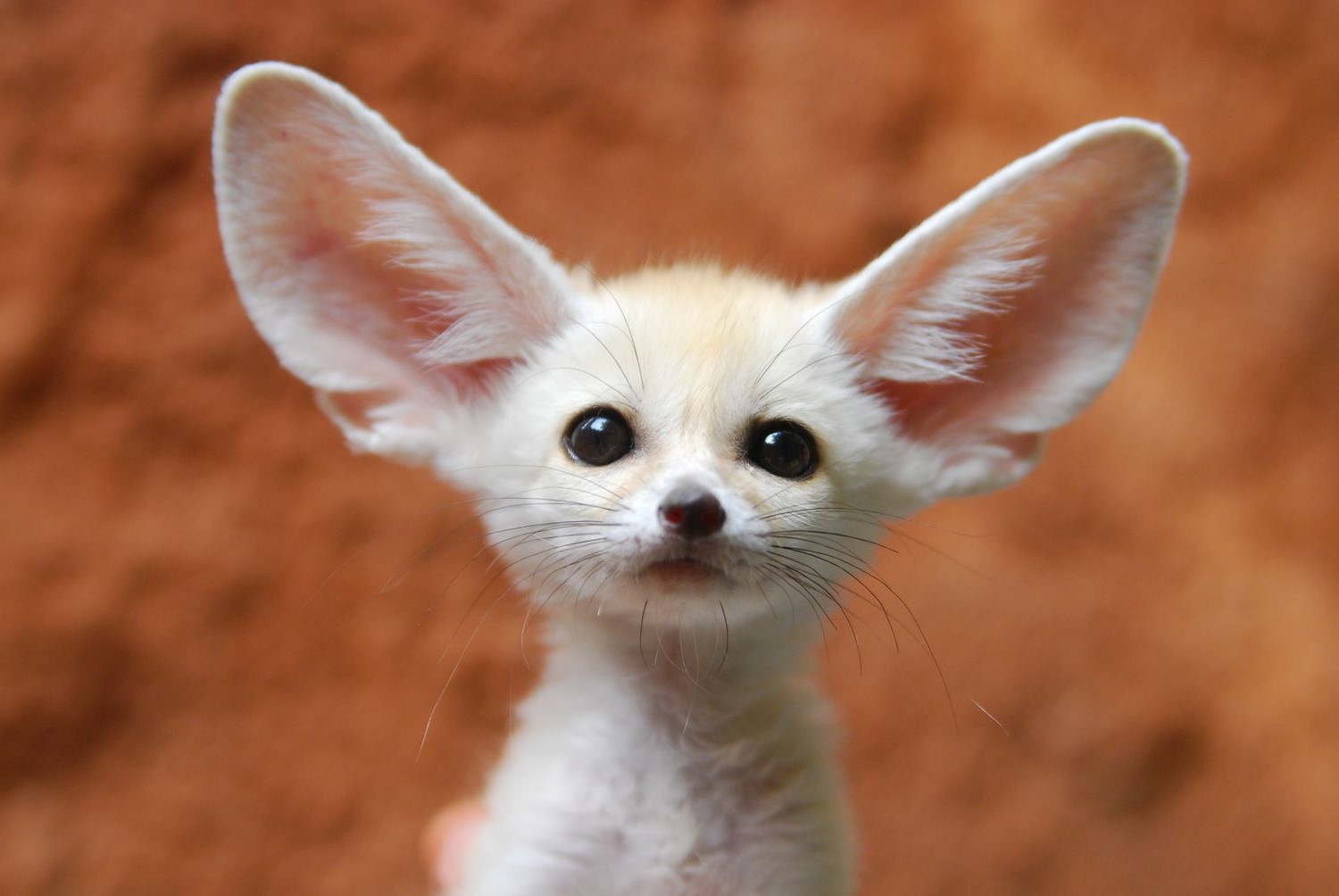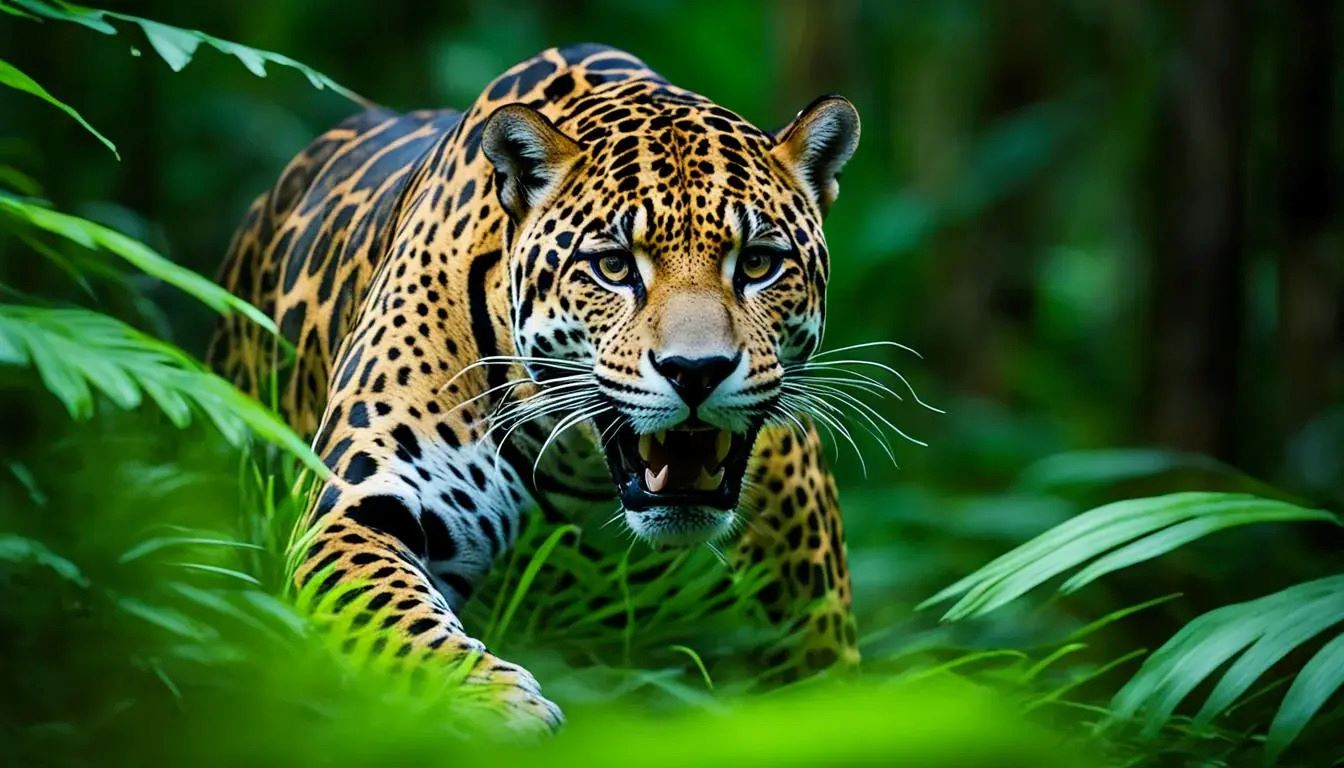
Ever wondered how animals survive in the scorching heat and the seemingly endless expanses of the desert? Well, you're in for a treat! Deserts, with their extreme temperatures and scarce water, are home to some of the most fascinating creatures on Earth. Each has adapted in unique ways to thrive in these harsh conditions. From the cunning foxes that tread lightly over the sand to the mighty camels, which are the undisputed kings of desert survival, these animals have some tricks up their sleeves. Desert animal facts are not just intriguing; they're a testament to the resilience and adaptability of life. Ready to be amazed by how these creatures make the desert their home? Let's dive into the 23 best desert animal facts that will surely leave you in awe!
Understanding Desert Animals
Desert animals are fascinating creatures that have adapted to survive in some of the harshest environments on Earth. These adaptations include behavioral changes, physical characteristics, and unique survival strategies. From the scorching heat of the day to the freezing cold at night, desert animals thrive where few others can.
How Do Desert Animals Stay Cool?
-
Many desert animals stay cool by being nocturnal, venturing out during the cooler night hours to hunt or forage. This simple yet effective behavior helps them avoid the extreme heat of the day.
-
Some species, like the Fennec fox, have large ears that dissipate heat more efficiently, helping to regulate their body temperature.
-
Burrowing is another common strategy. Animals such as the kangaroo rat dig deep burrows to escape the heat and rest in a cooler environment during the day.
Water Conservation in the Desert
-
Desert animals are masters at conserving water. The kangaroo rat, for instance, can survive without ever drinking water. It extracts all the moisture it needs from the seeds it eats.
-
Camels, synonymous with desert life, store fat in their humps, not water. However, this fat can be converted into water through metabolic processes when resources are scarce.
-
Birds like the sandgrouse have specialized feathers that can absorb water. These birds then fly back to their nests, allowing their chicks to drink from the soaked feathers.
Unique Desert Animal Adaptations
-
The addax antelope has wide, flat hooves that prevent it from sinking into the sand, making it easier to move across the desert landscape.
-
Reptiles, such as certain species of snakes, have scales that minimize water loss, crucial for survival in dry conditions.
-
Some desert animals, like the thorny devil lizard, have a unique skin structure that can collect and direct moisture from rain or dew directly to their mouths.
Desert Predators and Their Hunting Strategies
-
The desert fox, with its keen sense of hearing, can detect prey moving underground. This skill is vital for hunting in an environment where food is scarce.
-
Owls in the desert have adapted to hunt during cooler temperatures, using their silent flight and acute vision to spot prey in the dark.
-
The sidewinder rattlesnake uses a unique form of locomotion to move across hot desert sands, allowing it to ambush prey and avoid overheating.
Desert Animal Survival Tactics
-
Many desert animals, such as certain types of beetles, can enter a state of dormancy during extreme droughts, reducing their need for food and water until conditions improve.
-
The desert tortoise can store water in its bladder, conserving it for months and even reabsorbing it when necessary.
-
To avoid predators, some small mammals camouflage themselves against the desert sand, blending in seamlessly with their surroundings.
The Role of Desert Animals in Their Ecosystem
-
Desert animals play crucial roles in their ecosystems, acting as pollinators, seed dispersers, and controlling insect populations.
-
Scavengers, like vultures, clean up the desert by consuming dead animals, preventing the spread of disease and recycling nutrients back into the soil.
-
Predators, such as the coyote, help maintain healthy prey populations by keeping their numbers in check, ensuring a balanced ecosystem.
Fascinating Desert Animal Behaviors
-
During mating season, male desert bighorn sheep engage in dramatic head-butting contests to win over females. These contests can last for hours and are a testament to the animals' strength and endurance.
-
Certain desert frogs can burrow underground and encase themselves in a protective cocoon made of their own shed skin to survive dry periods. They can remain in this state for months, reemerging after rainfalls.
-
The desert locust, infamous for its role in plagues, can change its behavior and form swarms when environmental conditions trigger a population surge. These swarms can devastate crops but are a natural part of the desert locust's life cycle.
-
Meerkats, living in groups called mobs, take turns acting as sentinels, standing on their hind legs to watch for predators while the rest of the group forages or rests. This cooperative behavior ensures the safety of the group.
-
The Sahara desert ant is known for its incredible heat tolerance, venturing out in the midday sun to scavenge. Scientists have found that these ants can withstand surface temperatures of up to 70°C (158°F), making them one of the most heat-resistant terrestrial animals known.
A Final Stroll Through the Desert
We've journeyed across the vast, sandy expanses, uncovering the secrets and survival tactics of desert dwellers. From the cunning foxes that tread lightly over the dunes to the resilient cacti that bloom in the harshest conditions, each fact has been a testament to the incredible adaptability of life. These 23 facts aren't just trivia; they're a window into the resilience required to thrive in one of Earth's most challenging environments. As we leave the desert behind, let's carry with us not just these fascinating tidbits but a deeper appreciation for the tenacity of life in all its forms. Whether it's the scorching sun overhead or the shifting sands beneath, life finds a way to not just survive, but flourish.
Was this page helpful?
Our commitment to delivering trustworthy and engaging content is at the heart of what we do. Each fact on our site is contributed by real users like you, bringing a wealth of diverse insights and information. To ensure the highest standards of accuracy and reliability, our dedicated editors meticulously review each submission. This process guarantees that the facts we share are not only fascinating but also credible. Trust in our commitment to quality and authenticity as you explore and learn with us.


